Matter over Thread vs. Zigbee & Z-Wave: The 2025 Smart Home Showdown
2025-11-20 Update: Matter 1.5 Arrives - But Implementation Still Depends on Manufacturers
Big news for the Matter ecosystem: the Connectivity Standards Alliance just released Matter 1.5, introducing some of the most requested device categories and features. Here's what's theoretically possible now - and why I'm emphasizing "theoretically."
What Matter 1.5 Promises
The new specification adds support for several major device categories:
- Cameras: Finally, security cameras can work natively with Matter using WebRTC streaming technology. This includes two-way audio, pan-tilt-zoom controls, privacy zones, and flexible storage options. On paper, this means your Matter 1.5-enabled devices can work seamlessly across Apple HomeKit, Google Home, and Amazon Alexa without proprietary cloud services.
- Enhanced Closures: A unified approach for window shades, garage doors, gates, and awnings with more precise position reporting. The "did I close the garage door?" anxiety just got a potential fix across multiple platforms.
- Soil Sensors & Water Management: Smart garden devices can now measure moisture and temperature, potentially automating irrigation based on actual plant needs rather than fixed schedules. Combined with Matter-based water valves, this opens up genuine water conservation opportunities.
- Advanced Energy Management: This is where it gets interesting for property managers. Matter 1.5 adds support for real-time utility pricing data, carbon intensity tracking, enhanced smart metering with time-varying tariffs, and even EV charging with bi-directional capabilities. Your smart home could theoretically optimize energy usage based on actual grid pricing.
- TCP Transport for Large Messages: Better handling of high-bandwidth data like video streams and faster firmware updates.
The Reality Check: Specifications ≠ Available Products
Just because the standard now supports cameras doesn't mean your existing smart cameras will suddenly work with Matter. It doesn't even mean new camera manufacturers will rush to implement these features. Every single device maker must:
- Update their firmware to support Matter 1.5 features
- Go through the certification process
- Decide which features are worth implementing
- Actually ship products to market
We've seen this pattern before. Matter 1.4 added enhanced multi-admin support, but months later, device behavior across platforms was still inconsistent. Manufacturers implement what makes business sense for them - which doesn't always align with what the specification theoretically allows.
What This Means for Your Smart Home Decisions in 2025 and beyond
If you're making purchasing decisions today, here's my guidance:
- Don't buy based on "future Matter 1.5 support" promises. Buy what works now with your existing ecosystem.
- Cameras remain fragmented: Until we see actual certified Matter 1.5 cameras in the market with consistent cross-platform performance, stick with platform-native solutions or proven ONVIF cameras with local recording.
- Energy management is promising: But only if you have compatible utility data sources and devices that implement these features. This will roll out slowly market-by-market.
- Closures might be the quick win: Since these build on existing infrastructure, expect to see Matter 1.5 garage door controllers and smart shades sooner than cameras.
The architectural issues I documented in this original 2025 article - network dependency, border router reliability, and feature limitations - remain fundamentally unchanged. Matter 1.5 expands what's possible, but it doesn't fix the underlying stability challenges that still make Z-Wave (our default choice for smart home installations) more reliable for mission-critical applications.
Bottom line: Matter 1.5 is exciting for the ecosystem's future, but your purchasing decisions in late 2025 should still be based on proven, shipping products - not specification promises.
The Smart Home Promise That’s Still Not Quite Smart Enough
Picture this: You walk into any store, grab a smart thermostat, light switch, or door lock, and know it’ll work perfectly with your existing setup—no matter what brands you’re already using. No compatibility charts, no hub shopping, no “will this work with that?” headaches.
That’s the ambitious promise Matter made when it launched in 2022, backed by tech giants like Apple, Amazon, Google, and Samsung. Combined with Thread networking, this dynamic duo was supposed to finally solve the smart home’s biggest problem: the confusing mess of incompatible devices and protocols.
But after two years of real-world testing with dozens of clients, I’ve learned the hard truth: the promise is compelling, but the reality is more complicated.
What Makes Matter and Thread Different (And Why You Should Care)
Before diving into the details, let’s get clear on what we’re actually talking about:
Matter is like a universal translator for smart home devices. It creates a common language that lets your Apple HomeKit, Amazon Alexa, and Google Assistant all control the same devices without the usual compatibility drama.
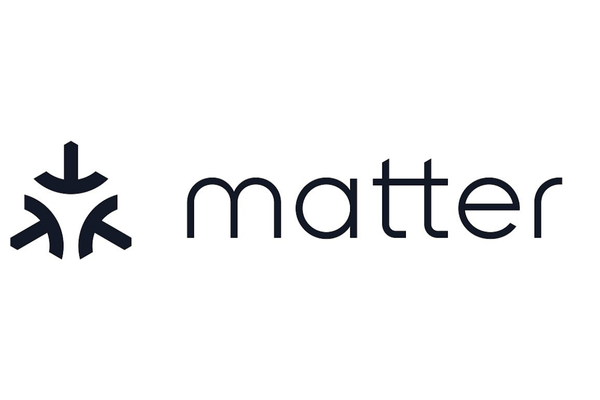
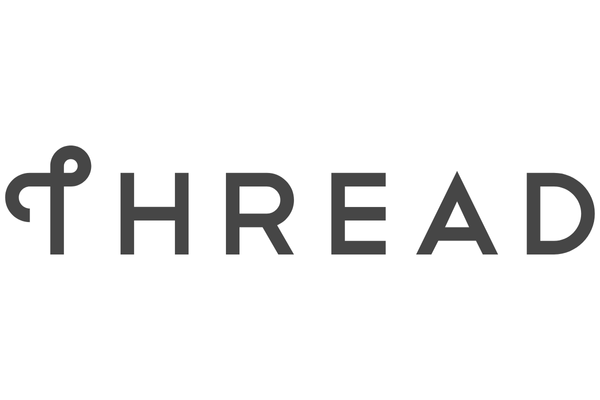
Matter & Thread logos
Thread is the networking backbone—think of it as a specialized wireless network designed specifically for smart home devices. Unlike Wi-Fi, it creates a self-healing mesh that’s supposed to be more reliable and use less battery power.
Together, they promise three game-changing benefits:
- True interoperability across all major smart home platforms
- Local control that doesn’t depend on cloud servers (better privacy, faster response)
- Simple setup with QR codes instead of complicated pairing processes
Sounds perfect, right? Here’s where reality gets interesting.
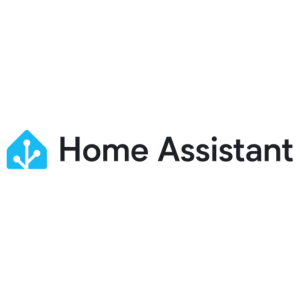
Ready to Build a Smart Home You Actually Own?
Stop fighting with forums and YouTube tutorials. Get expert 1-on-1 guidance to set up your privacy-first Home Assistant system the right way, with proper security hardening, automation design, and troubleshooting confidence.
The Reality Check: What Two Years of Testing Actually Revealed
I’ve deployed Matter over Thread in various homes since early 2023, and here’s what I’ve learned:
The Good News First
When Matter over Thread works, it’s genuinely impressive:
- Setup is actually simple: Scan a QR code, and devices often connect instantly
- Local control delivers: No lag waiting for cloud responses, and devices work during internet outages
- Cross-platform magic: Watching the same device respond to Siri, Alexa, and Google Assistant feels like the future
The Not-So-Good News
But here’s where things get complicated:
Network Dependency Issues: Matter relies heavily on IPv6 multicast networking, which many older routers handle poorly. I’ve seen perfectly good home networks suddenly struggle when Thread devices are added.
Border Router Reliability: Thread devices need a “border router” (like an Apple HomePod or Amazon Echo) to connect to your Wi-Fi network. When these go offline—even briefly—nearby Thread devices can form isolated mini-networks that become unreachable.
Multi-Platform Complexity: Getting the same device to work reliably across Apple HomeKit, Amazon Alexa, and Google Assistant simultaneously? Still hit-or-miss, especially with more advanced device features.
Feature Limitations: Basic functions work great, but many manufacturer-specific features get lost in translation. Your smart thermostat might lose its scheduling capabilities or your smart lock might not support all its access modes.
Worried about Belkin shutting down its Wemo cloud control service? Check out our Wemo Shutdown Survival Guide ->
Head-to-Head: How Matter/Thread Stacks Up Against the Competition
Let me break down how the newcomer compares to the established players:
Zigbee: The Reliable Workhorse
Strengths: Rock-solid reliability, excellent battery life, mature ecosystem with thousands of devices
Weaknesses: Requires a hub, setup can be more technical
Best for: Users who prioritize reliability and don’t mind a central hub
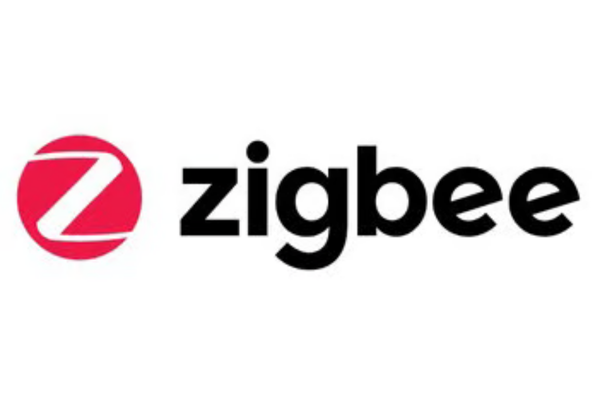
Zigbee logo
Z-Wave: The Premium Choice
Strengths: Exceptional range and reliability, strong security, minimal interference
Weaknesses: Higher device costs, hub required, proprietary standard
Best for: Users who want the most reliable system and don’t mind paying premium prices
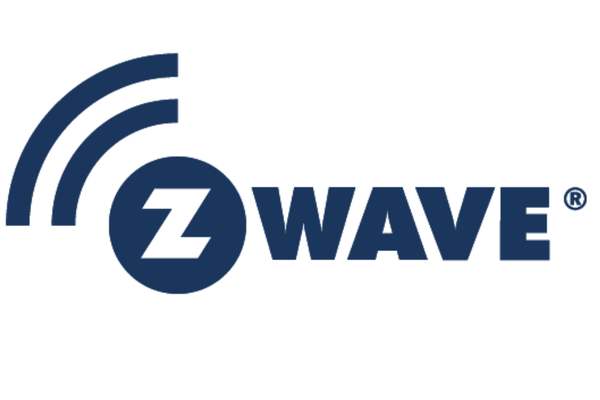
Z-Wave logo
Wi-Fi: The Familiar Option
Strengths: No hub needed, easy setup, great for high-bandwidth devices like cameras Weaknesses: Can overwhelm your network, often cloud-dependent, security concerns Best for: Simple setups with just a few devices
Matter over Thread: The Promising Newcomer
Strengths: True interoperability, local control, future-proof standard Weaknesses: Still maturing, network dependency issues, inconsistent reliability Best for: Tech enthusiasts willing to troubleshoot occasional issues
My Real-World Disaster (And What You Can Learn From It)
Last summer, I installed a comprehensive Matter over Thread setup: Eve Room sensors, smart plugs, and outdoor weather monitoring. Everything worked beautifully for the first month.
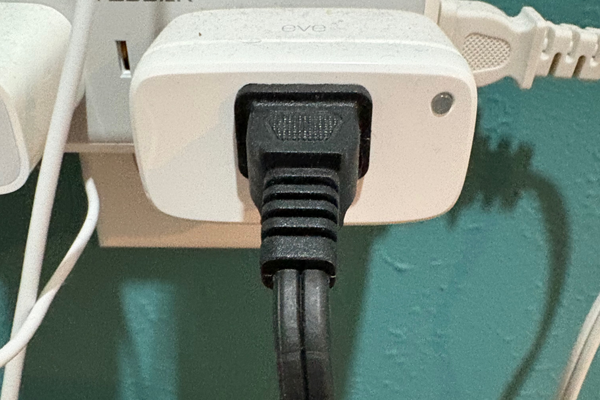
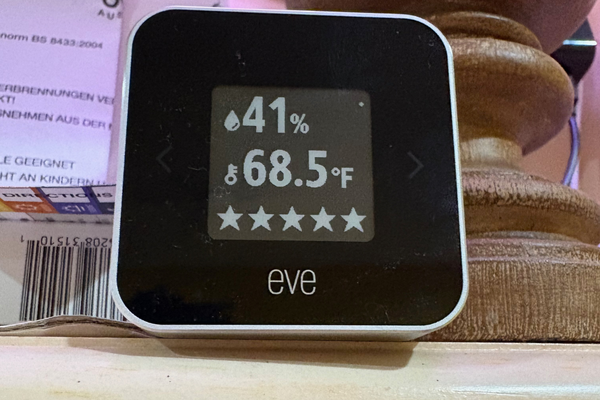
Eve Power, a power-monitoring smart plug & Eve Room, an environment sensor, both Thread-based
Then came the power outage.
When the electricity returned, the HomePod mini border routers came back online at different times. The Thread devices, confused about which border router to connect to, formed separate isolated networks. Half the sensors were unreachable, automations stopped working, and I spent three hours with network analysis tools trying to figure out what happened.
The fix? I had to reset every Thread device and start over.
This taught me a crucial lesson: Matter over Thread’s reliability depends entirely on network stability. For clients who travel frequently or have occasional internet issues, this dependency can be a real problem.
Who Should (And Shouldn’t) Adopt Matter Over Thread Right Now
Go for It If You:
- Love experimenting with new technology
- Have a robust, modern network setup
- Want true cross-platform compatibility
- Are willing to troubleshoot occasional issues
- Plan to build a new smart home system from scratch
Wait If You:
- Need rock-solid reliability above all else
- Don’t want to deal with network troubleshooting
- Have an older router or complex network setup
- Are expanding an existing Zigbee or Z-Wave system
- Want set-and-forget automation
The Bottom Line: My Professional Recommendation
Here’s my honest assessment after two years of real-world testing:
For most homeowners in 2025, Zigbee and Z-Wave remain the smarter choice. They offer proven reliability, local control, and years of refinement that Matter over Thread simply can’t match yet.
However, Matter over Thread is improving rapidly. The Thread 1.4 specification addresses many early issues, and device manufacturers are releasing more stable implementations. If you’re planning a smart home upgrade in 2026 or later, Matter over Thread will likely be ready for prime time.

Download Now: 5 Simple Automations to Save Time & Lower Stress at Home
Making the Right Choice for Your Smart Home
The key is matching the technology to your needs and expectations:
- Want bulletproof reliability? Choose Zigbee or Z-Wave
- Need cross-platform compatibility now? Consider a hybrid approach with some Wi-Fi devices
- Love being on the cutting edge? Matter over Thread offers exciting possibilities
- Building a new system in 2026? Matter over Thread will likely be your best bet
What’s Next for Matter and Thread?
The smart home industry is moving fast. Major manufacturers are committing to Matter, Thread specifications continue improving, and network equipment is getting better at handling the demands of modern smart homes. For now though, I’m sticking with proven technologies for clients who need reliability above all else.
Ready to build a smart home that actually works reliably? Book a call with Serenity Smart Homes. We’ll help you choose the right technology for your specific needs and lifestyle—whether that’s cutting-edge Matter over Thread or time-tested Zigbee and Z-Wave.

